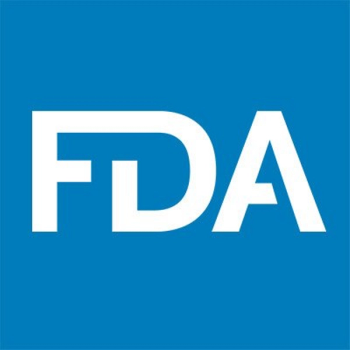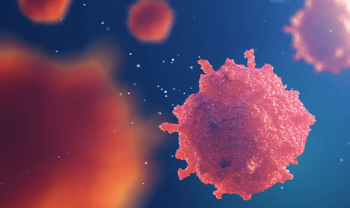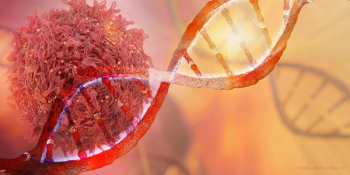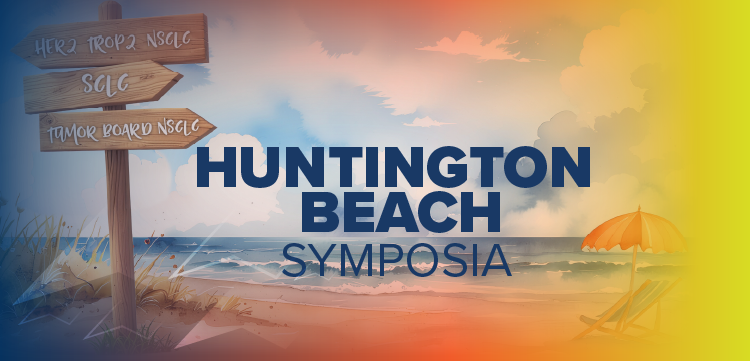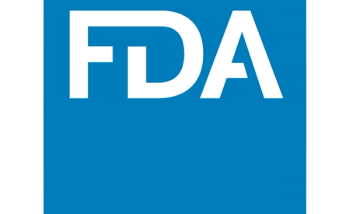
|Slideshows|May 22, 2018
Ten Things Health Execs Should Know about Lymphoma
Author(s)Aubrey Westgate
New treatment approaches could lead to even higher costs associated with lymphoma. However, experts say these treatments hold great promise and could reduce costs in the long-term.
Advertisement
Newsletter
Get the latest industry news, event updates, and more from Managed healthcare Executive.
Advertisement
Advertisement
Advertisement
Trending on Managed Healthcare Executive
1
GLP-1s outdo aspirin in colorectal cancer prevention, study finds | ASCO Gastrointestinal Cancers Symposium
2
Predictions for 2026 on accountability, transparency and equity in U.S. healthcare by Elizabeth Mitchell, Keith Somers and more
3
Predictions for 2026 from Alexa B. D’Angelo, Ph.D., M.P.H. and Jeremiah Johnson
4
Telehealth is now a long-term part of Medicare mental health care
5

